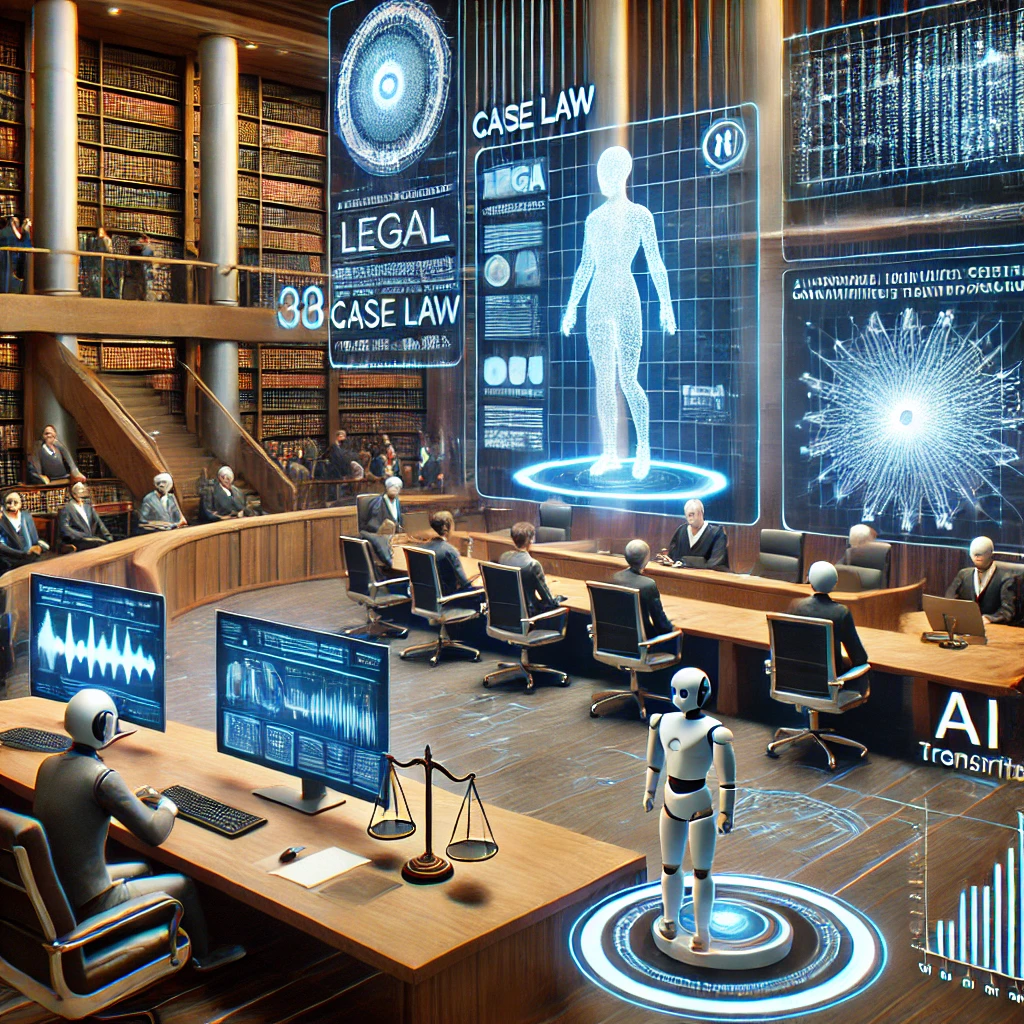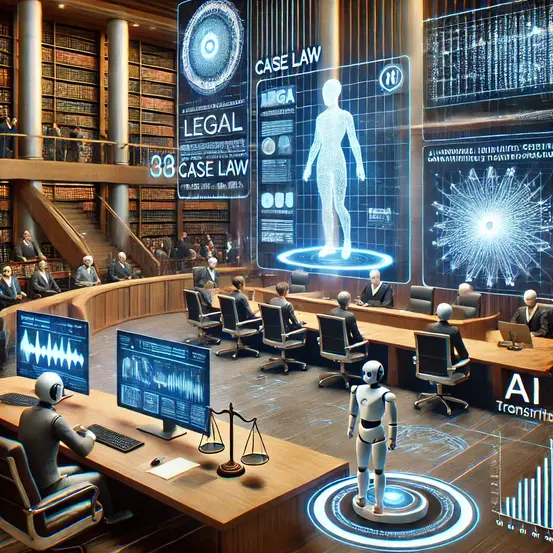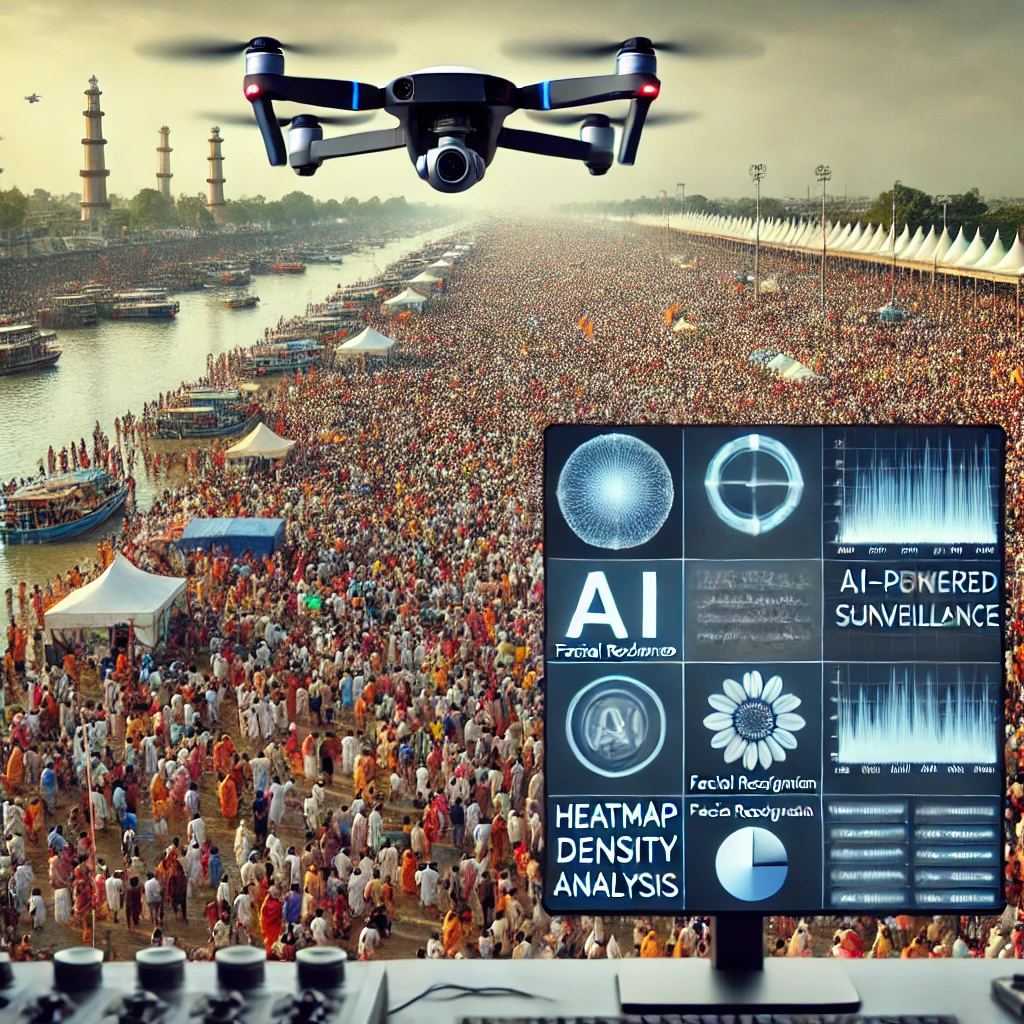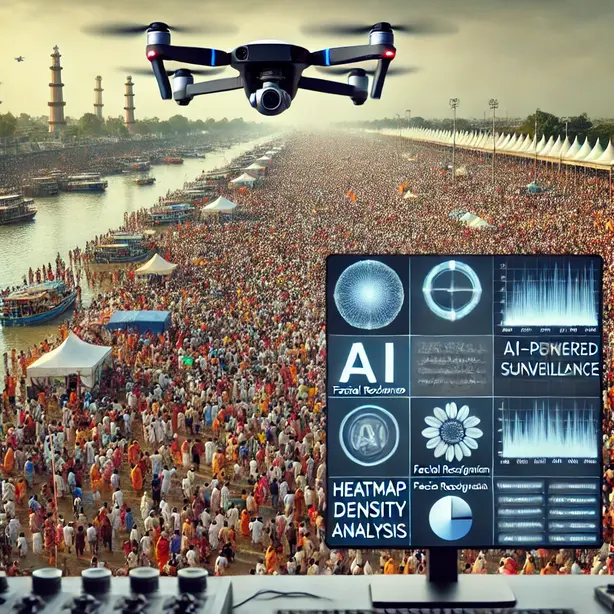In a strategic move to diversify its supply chain and tap into the burgeoning Indian market, Lenovo has announced plans to manufacture artificial intelligence (AI)-enabled personal computers (PCs) in India within this year. This initiative underscores Lenovo’s commitment to expanding its footprint in the world’s fastest-growing major economy.
Expanding AI Server Production
Building upon its existing infrastructure, Lenovo has commenced the production of high-performance AI servers at its Puducherry facility. The plant is set to manufacture 50,000 enterprise AI servers and 2,400 high-end GPU units annually, catering to both domestic and international markets. This development aligns with India’s ‘Made in India’ initiative, emphasizing the country’s growing significance in the global technology landscape.
Establishment of AI-Focused R&D Lab
Complementing its manufacturing efforts, Lenovo has inaugurated a state-of-the-art Research & Development (R&D) lab in Bengaluru. This facility is dedicated to advancing Lenovo’s infrastructure solutions, particularly in AI technologies. The Bengaluru R&D center stands as Lenovo’s fourth-largest globally, highlighting India’s pivotal role in the company’s innovation strategy.
Strategic Diversification Amid Global Shifts
Lenovo’s decision to bolster its manufacturing and R&D capabilities in India comes amid a broader trend of technology companies seeking to reduce dependency on China. By investing in India’s robust market and talent pool, Lenovo aims to enhance its operational resilience and better serve the diverse needs of its global customer base.
Sources-








